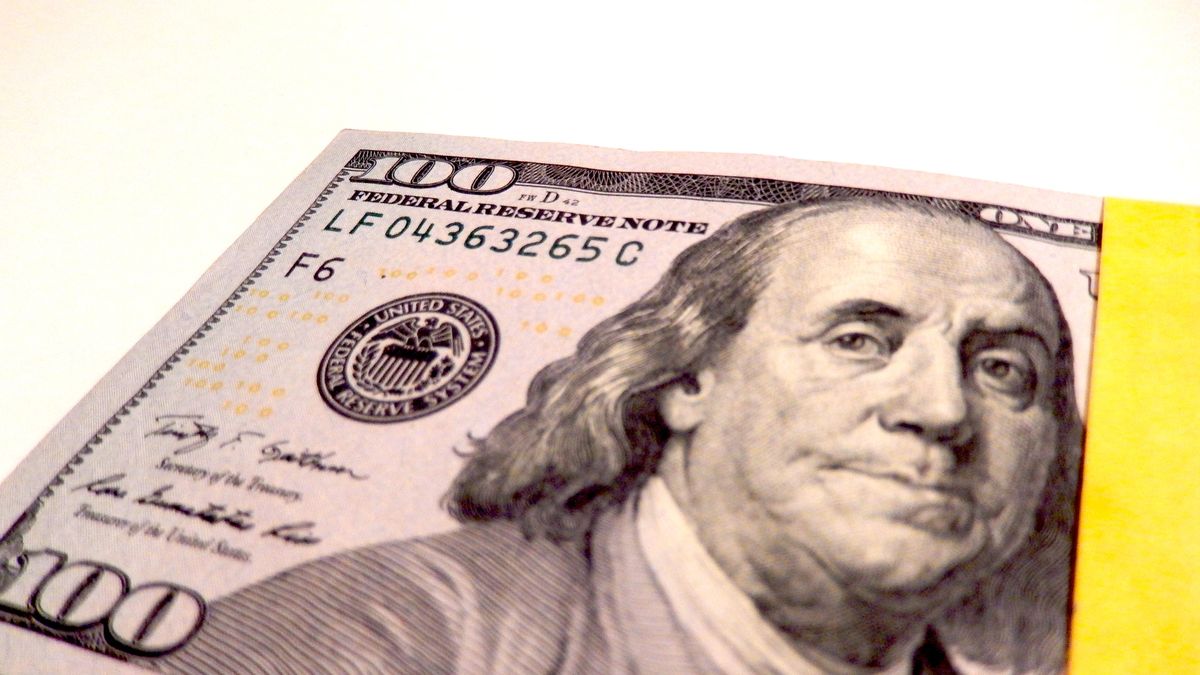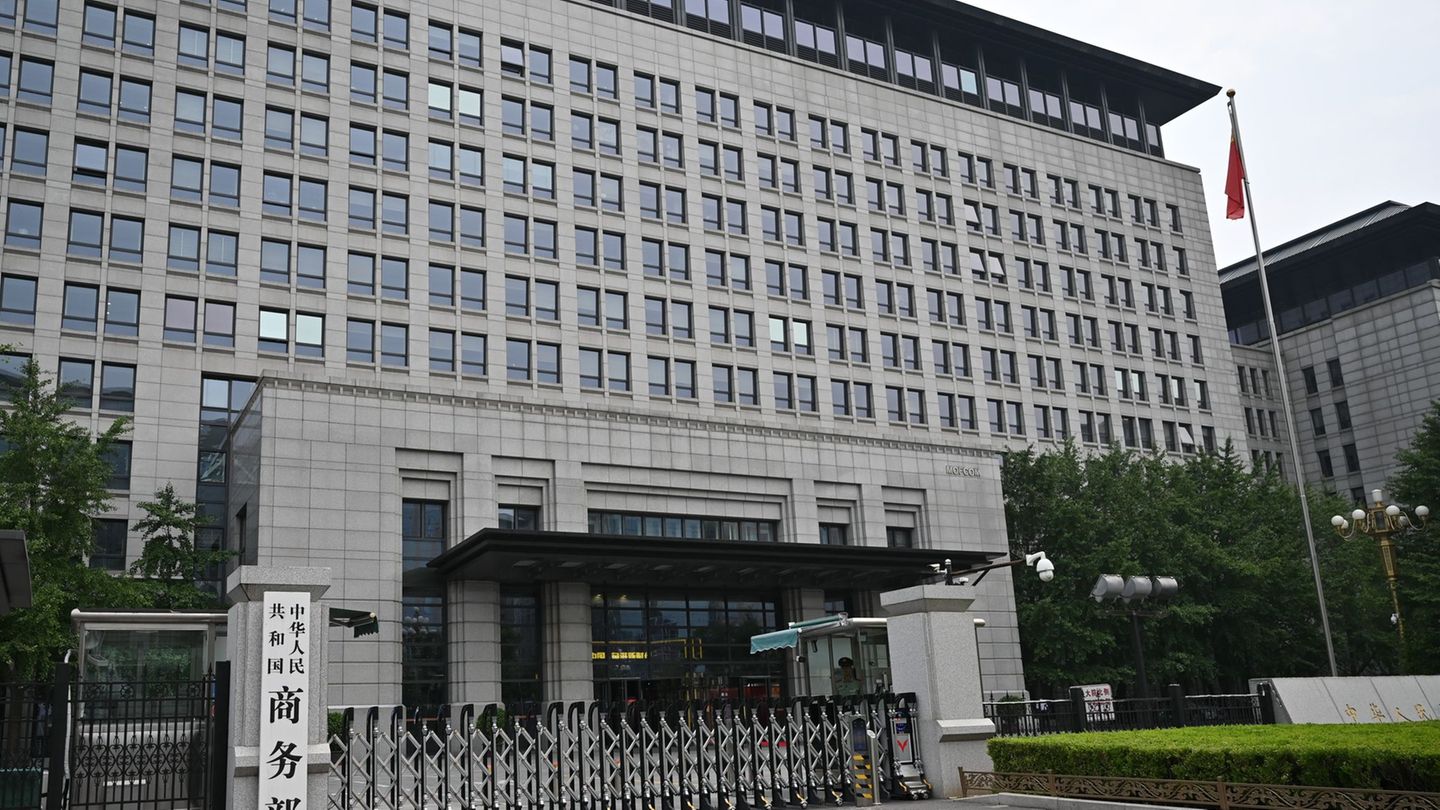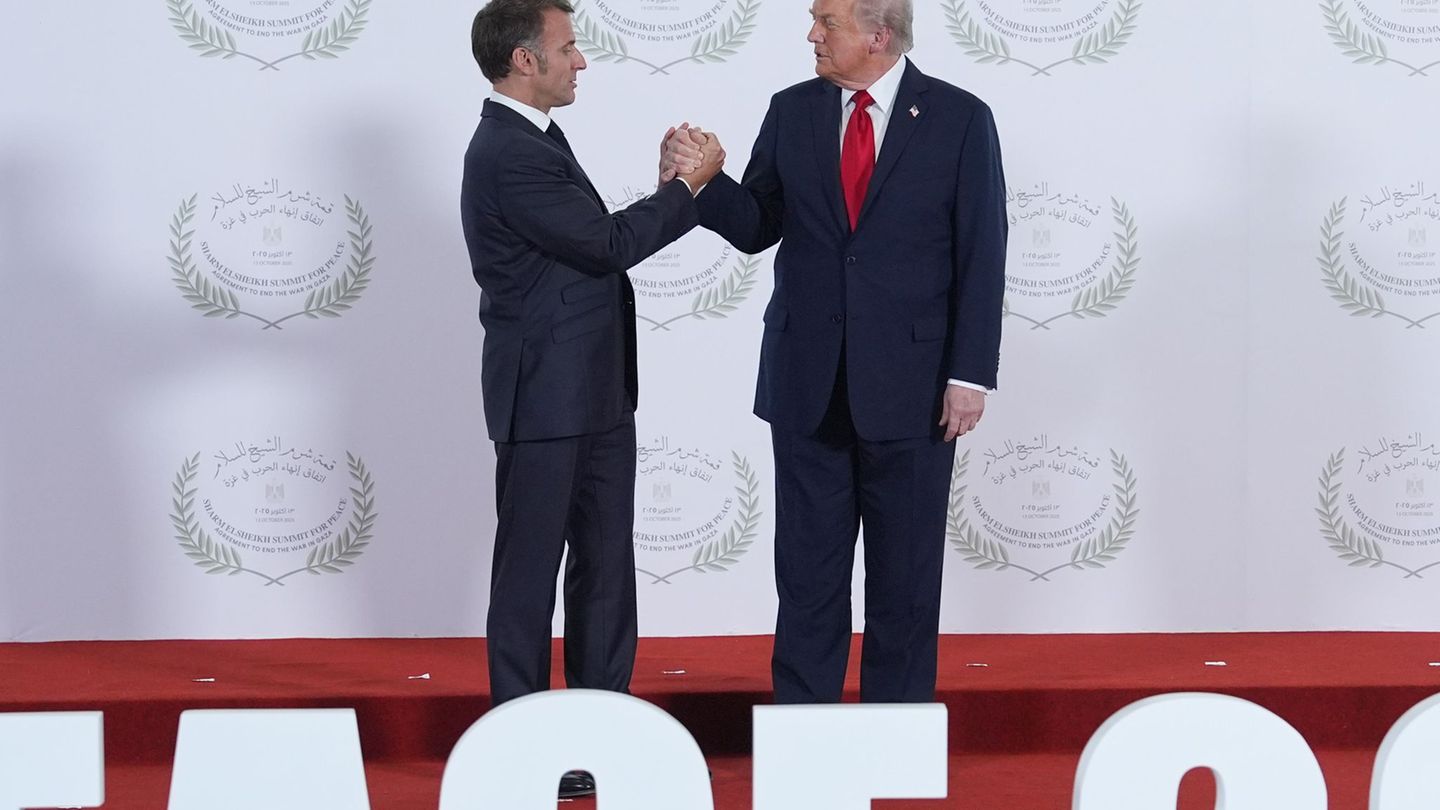The Minister of Economy, Serge Massaconfirmed his presence in Washington to attend the annual meeting of the IMF and the World Bank.
Dollar: unfold, devalue or stocks
“In the already classic trilogy ‘devalue, unfold or repress’, the Government continues betting on further repressing the demand for imports, even knowing that the long-term costs are equal to or greater than a devaluation -more inflation and less activity-. The difference is that devaluing requires a stabilization plan due to the risk of spiraling, continuing to adjust the stocks does not“, affirmed Roberto Geretto of Fundcorp.
A survey carried out by the consultancies D’Alessio IROL / Berensztein reveals that “the negative panorama of the current economic evaluation of the country is maintained”, while “concern about inflation has increased by three points”.
“The new restrictions on imports are the reflection of the intention to ‘take care of the reserves’. However, the central bank sold around 44 million dollars in this (last) week, which shows the return of tensions in the foreign exchange marketDelphos Investment said.
“The severe drought affecting wheat will reduce the supply of dollars in the summer, which will coincide with the seasonal increase in the demand for dollars for tourism,” he said.
“The main focus is on financial dollars, beyond the tranquility that they still exhibit in the new stage of the post ‘soy dollar’, although there is concern among operators that the lower supply of foreign currency will lead to a drain on accumulated reserves, and in this sense it is that measures continue to be deployed that aim to add restrictions on demand to cushion the deterioration of the exchange balance” said Gustavo Ber of Estudio Ber.
“We consider that the process of reducing the exchange rate gap should be accelerated with measures of universal application, although it could start with large sectors progressively in order to gradually dilute the inflationary effect”, added VaTnet Financial Research.
“One of those sectors is notoriously tourism, bank cards and services in general,” he added.
Is the official dollar behind?
The real exchange rate for the official market calculated by the Center for the Study of the New Economy (CENE) of the University of Belgrano fell 1.9% in August compared to July and 5.1% compared to that registered in the same month of 2021.
“The result was verified despite the lower inflation registered in the services sector already the deflation verified in the United States, which marks the insufficiency of the correction made in the nominal exchange rate by the Central Bank”, details Víctor Beker, director of the CENE.
“However, the level reached by the real exchange rate places it 2.7% below that registered in December 2015, when the previous exchange rate was lifted and the exchange market was released,” the economist points out.
Source: Ambito
David William is a talented author who has made a name for himself in the world of writing. He is a professional author who writes on a wide range of topics, from general interest to opinion news. David is currently working as a writer at 24 hours worlds where he brings his unique perspective and in-depth research to his articles, making them both informative and engaging.




